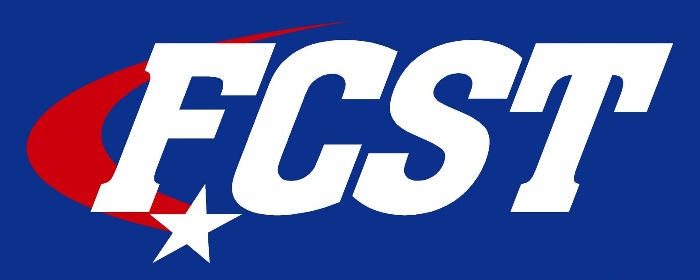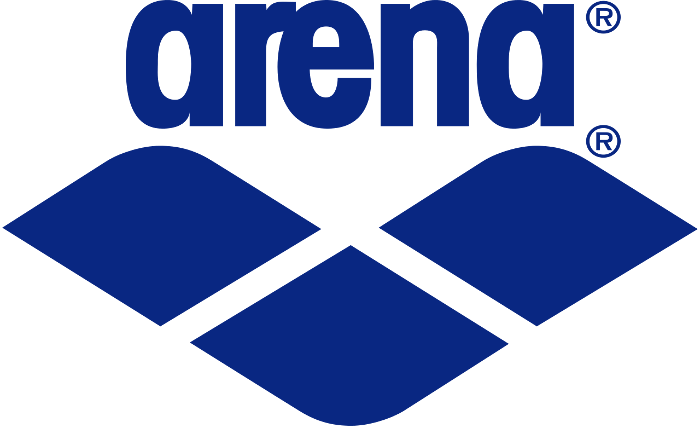FCST Newsletter - May 20
|
|
May 20, 2024 |
|||||||||||||||||||||||||||||||||
| 7 |
TEAM NEWSLETTER |
|||||||||||||||||||||||||||||||||
|
|
Office Hours: Mon-Thurs: 9:00 am – 5:00 pm; Fri: 9:00 am – 12:00 pm Office Phone: (281) 969-8759 |
|||||||||||||||||||||||||||||||||
| #BeFCST Website Links
Social Media:
Contact Us
*If you are no longer affiliated with the team and would like to be removed. Contact [email protected] |
Upcoming Meet Information: CLICK HERE for the FCST Competitive Suit Policy
*Families are responsible for communicating meet entry issues with their athlete’s respective coach, as their primary coach is most responsible for their athlete’s training and competitive plan **Once the final entry deadline has passed, no changes may be made on FCST’s end. Athletes can deck-enter at the meet (if allowed by meet management) at their own expense and with the coach’s permission. This is not the ideal way to enter a meet, having schedules planned ahead of time benefits the athlete.
Coaches Corner: No Pain, No Brain Gain: Why Learning Demands (A Little) Discomfort The brain isn’t a muscle, but it still needs to “feel the burn” to build new neural connections that last. BY MARY SLAUGHTER AND DAVID ROCK - 3-MINUTE READ Remember being in middle school and preparing for an exam? Chances are, you spent your study time paging through your class notes or rereading the textbook. Maybe you highlighted important details as you went. We now know this is a pretty terrible way to study. You might’ve felt like you were absorbing the information, but you probably forgot most of it a few weeks after the test. In cases like these, you’re falling for what psychologists call “fluency”–you have a grasp of the information while you’re looking at it on the page. It feels good, easy, and reassuring. But that fluency doesn’t translate to recalling what you learned later on, let alone any change in skills or behavior. Instead, quality learning requires what brain scientists call “desirable difficulty.” The more active the learning process, the better your comprehension and recall. It feels taxing, not exactly fluent or fun, and maybe even “bad,” depending on whom you ask. But in the same way that you need a hard workout to increase your fitness, learning needs to feel strenuous to stick. It shouldn’t be a breeze. Here’s a closer look at why that is and what it takes to learn and remember things–without absolutely hating the experience. WHEN THE GOING GETS TOUGH, IT’S PROBABLY WORKING When learning is challenging, you have to pay more and better attention to each idea, causing your brain to build stronger connections between neural networks, which embeds the new knowledge for later recall. This adds greater weight to the phrase “pay attention”: You’re not going to have robust recall unless you pay for it with your attention. Many organizations’ corporate learning programs focus on course completion, and making learning “easy and friendly” helps increase completion rates. On the surface, it looks good to reduce the amount of time spent on training and get people saying they “enjoyed” the experience–which encourages others to take the training. But that doesn’t mean these programs are effective. Learning that doesn’t stick is wasted time. Instead of passively reviewing material, go for active retrieval. Rather than highlighting a passage as you read it, try closing the textbook and writing down what you remember. Instead of rote repetition, use flashcards to quiz yourself and test your recall. It also helps to alternate between study topics–a process called “interleaving.” In a study published earlier this year in Contemporary Educational Psychology, researchers compared two undergraduate physics courses that asked students to complete problem-solving tasks either before or after a lecture. Students who tackled them before the lecture came away with a better conceptual understanding than those who heard the lecture first. Working on the problems first made the students discover and infer relevant concepts, principles, and procedures on their own before hearing them from the professor–a process that was more difficult, but resulted in superior understanding. Most importantly, let some time pass, then test yourself again. The longer you wait and the closer you get to forget, the more durably you’ll encode the new information into long-term memory when you force your brain to retrieve it. That’s why, as scientists say, the right timing gives you extra learning “for free.” FEEL THE BURN Unfortunately, the trend in many organizations is to design learning to be as easy as possible. Aiming to respect their employees’ busy lives, companies build training programs that can be done at any time, with no prerequisites, and often on a mobile device. The result is fun and easy training programs that employees rave about (making them easier for developers to sell) but don’t actually instill lasting learning. Worse still, programs like these may lead employers to optimize for misleading metrics, like maximizing for “likes” or “shares” or high “net promoter scores,” which are easy to earn when programs are fun and fluent but not when they’re demanding. Instead of designing for recall or behavior change, we risk designing for popularity. The reality is that to be effective, learning needs to be effortful. That’s not to say that anything that makes learning easier is counterproductive–or that all unpleasant learning is effective. The key here is desirable difficulty. In the same way you feel a muscle “burn” when it’s being strengthened, the brain needs to feel some discomfort when it’s learning. Your mind might hurt for a while–but that’s a good thing. Mary Slaughter and David Rock are, respectively, the Executive Vice President–Global Practices and Consulting and the Director of the NeuroLeadership Institute . |







